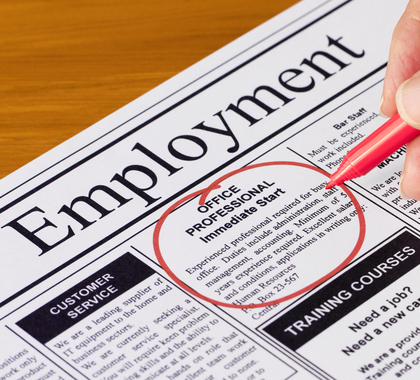Pennsylvania Gov. Tom Wolf (D) proposes to more than double the Keystone State’s minimum wage to $15 an hour.
Wolf’s plan, announced on January 30, would hike the state’s minimum wage from $7.25 an hour to $12 an hour on July 1, 2019 and raise it by 50 cents per year until it reaches $15 an hour in 2025. Pennsylvania’s minimum wage has been $7.25 an hour, the same as the federal minimum wage, since 2009. Currently, only Washington State and California have minimum wage rates as high as $12 an hour.
Wolf has proposed minimum wage hikes before, but they have been rejected by the Republican-majority legislature. Over the past 10 years, 29 states and Washington, DC have raised their minimum wage mandates above the federal rate, including all the states bordering Pennsylvania.
Governor Emphasizes Benefits
Wolf says a minimum wage hike would be good for workers and the state budget.
“Raising the minimum wage lets people afford the basics, like food, rent, and transportation,” Wolf said at the press conference unveiling his proposal.
“It also lets people work their way off of public assistance rather than having taxpayers subsidizing employers that are paying poverty wages,” said Wolf. “One fair wage saves tax dollars, grows the middle class, and creates new customers for businesses, which benefits all of us.”
Job Loss ‘Unintended Impact’
An unintended consequence of minimum wage hikes is job losses, says Elizabeth Stelle, director of policy analysis at the Commonwealth Foundation.
“Job loss is the number one unintended impact of minimum wage increases,” said Stelle. “The most recent analysis for Pennsylvania finds a $12 minimum wage would result in a pay bump at the expense of 33,000 jobs,” Stelle said.
Minimum wage hikes also reduce the future job prospects of young, inexperienced workers, says Stelle.
“That can have ripple effects—for instance, teens without work experience could have a more difficult time transitioning into family-sustaining jobs,” said Stelle.
Tough on Low-Skilled Workers
The evidence of job losses among workers with fewer skills is substantial, says Matt Glans, a senior policy analyst at The Heartland Institute, which publishes Budget & Tax News.
“A 2007 study from economists at the University of California-Irvine and the Federal Reserve Board examined the body of work on the subject and found 85 percent of the studies they considered credible demonstrate minimum wage laws cause job losses for less-skilled employees,” said Glans.
A common misconception is that many low-skilled employees are supporting a family, says. Glans.
“Advocates of an increase to the minimum wage often assume minimum-wage earners are the primary breadwinners for their households, but this is rarely the case,” Glans said.
Eliminating the Tip Credit
Wolf also proposes to raise and eventually eliminate the “tip credit” for servers in restaurants and bars from the current state minimum of $2.83.
Under the federal Fair Labor Standards Act (FLSA), employees can be paid a cash wage of $2.13 per hour, but employers must ensure their employees earn at least the federal minimum of $7.25 when their tips are included, says Glans.
Requiring employers to pay the state minimum wage to tipped servers would reduce employment and incomes among these workers, says Glans.
“When tip credits are eliminated, the increased payroll costs cut into the limited profit margins—3 to 5 percent, on average—of many restaurant owners, which forces many businesses to cut hours, employ fewer people, and/or limit employee benefits,” Glans said.
Experience in Other States
Cities such as Seattle and San Francisco have set their minimum wages in the $13-$15 an hour range in recent years, and there is already evidence of negative effects on employment in those places, Glans says.
“A 2018 study from the University of Washington analyzing the recent minimum wage increases in Seattle found evidence that hiking the minimum wage to $13 per hour has had a negative impact on the city’s total payroll, particularly hurting low-wage workers,” Glans said.
The average income of Seattle workers fell as employers cut back on hours, says Stelle.
“A study on Seattle found workers lost about $125 a month due to fewer hours,” said Stelle.
Owen Macaulay ([email protected]) writes from Hillsdale, Michigan.




